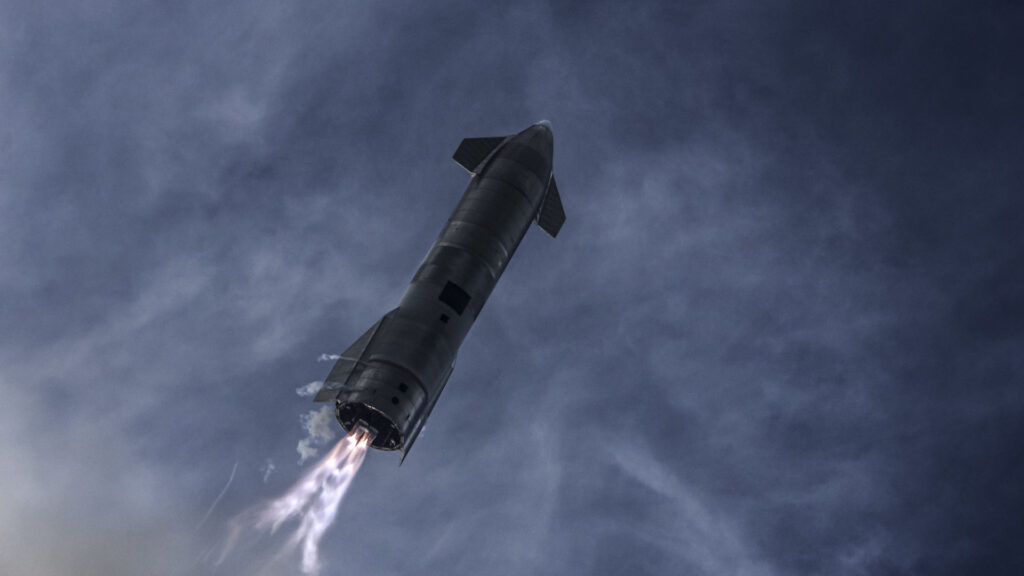NASA is counting on an orbital flight of the SpaceX Starship rocket by the end of 2022. The company still needs to get the green light from the authorities.
Expected for almost two years, the first orbital flight of the new Starship rocket could finally occur by the end of 2022 – probably in December. This is the timetable sketched out by an official of the American space agency, during a meeting of the NASA advisory council broadcast live at the end of October, and which Reuters reported on October 31.
” We are tracking four major Starship flights. The first will be in December or early December “, according to Mark Kirasich, a NASA official involved in the development of Artemis, the agency’s space program to return astronauts to the Moon during the 2020s. In this context, the Starship will have a role to play.
However, there is no certainty for an effective launch in the next two months. The company has not yet received a formal green light from the United States Federal Aviation Administration (FAA) for this takeoff. In June, the FAA listed its requirements for granting its authorization, including on an environmental level.
SpaceX has clearly not yet satisfied all of the FAA’s requests or, at least, the FAA has not yet processed all of the documents, as an administration spokesperson has indicated that the procedure is still in progress. Classes. In addition, the American company must continue its tests upstream of the flight, in order to ensure the good behavior of the launcher.
Multiple objectives in one mission
If the deadlines are met, the flight scheduled for 2022 will in principle be the first to implement the Starship in its entirety, i.e. the first stage (named Super Heavy), where the main propulsion is located, and the top segment (called Starship, like the ship as a whole). The Starship is a space shuttle.
So far, testing around the Starship has been incomplete and has never been very high in the sky. The maximum altitude reached dates back to December 2020 during the Starship SN8 test. At the time, the prototype climbed up to 12.5 km high. Subsequently, several other “jumps” reaching an altitude of 10 km were made. The Starship never reached space beyond 100 km.

SpaceX’s orbital flight with the Starship must therefore make it possible to achieve several objectives at once: to cross this limit with the extra-atmospheric environment, to test the rocket in its entirety and to succeed in an orbital mission, with a 90-minute trip to the shuttle to Hawaii — while the Super Heavy would return to its starting point in Texas.
In the medium term, the Starship must replace the Falcon 9 and the Falcon Heavy in the SpaceX rocket catalog. Larger, more powerful and more versatile, it too will be highly reusable and highly automated. It will be able to carry out manned missions to the International Space Station (ISS), but also to the future lunar space station.

